
Visa and entry requirements Kiribati:
Passport required
No visa is required
Information from the Foreign Office about your trip to Kiribati:
https://www.auswaertiges-amt.de/de/kiribatisicherheit/220364
Kiribati is an archipelago in the Pacific Ocean with around 120,000 inhabitants. In terms of size, the island state of Kiribati is one of the largest states in the world.
The two official languages of Kiribati are English and Kiribati, the Kiribati dollar is used as a means of payment, with 1 euro corresponding to around 1.60 KID. The Australian dollar is also accepted there, predominantly on all islands.
The national territory of Kiribati is made up of three archipelagos: the Gilbert Islands, the Line Islands and the Phoenix Islands.
Kiribati's most important economic sectors are fishing and fish processing, the cultivation of coconuts, the export of shark fins, pearl mussels, copra, sea cucumbers and seaweed, the granting of fishing rights and tourism.
The Tarawa Atoll in the Gilbert Islands, with around 70,000 inhabitants, is the main region of the Republic of Kiribati. Tarawa consists of a total of 24 islands, 8 of which are uninhabited.
The largest island of Tarawas is Bonriki, with Kiribati's only international airport. The largest city on the island is Betio, with around 20,000 inhabitants and the largest port in the Pacific island nation.
This entire conurbation of the island of Bonriki, along with South Tarawa, also forms the capital of the state of Kiribati.
The most important tourist attractions in Kiribati include the Government House, the Sacred Heart Cathedral, the small Fanning Island with its beautiful beaches, the Ambo Island, the Kiribati National Library, the university and the Arunka Island.
In January 2019, I visited Tarawa Atoll in the Gilbert Islands, the largest part of Kiribati, for three days. As soon as we landed over Tarawa, the extent of the beautiful Pacific state became clear. This crescent-shaped atoll is virtually surrounded only by turquoise waters and vast areas of coral.
I chose my hotel in the center of Tarawas, in a very narrow part of the atoll. For the first time in a long time, I rented a rental car there so I could drive around the entire island of Bonriki. A particularly impressive moment of my island tour was the fishing boats coming in with tons of freshly caught tuna. Among these hundreds or even thousands of fish, there were some huge specimens.
The inhabitants of Kiribati mainly live in very modest circumstances, but their home environment represents their real wealth. The landscape with the endless turquoise lagoons, the countless coconut palms and other tropical plants, the constantly constant warm temperatures and the relatively carefree life on Tarawa , felt like paradise on earth. The majority of the population is happy there and enjoys life, even with very simple circumstances.
After completing my exploration trip in the late afternoon, I visited Tarawa's largest discotheque in the evening. Thanks to a tip from Lisa, the woman at my hotel reception, who kindly picked me up from the airport, I arranged to meet her there later. Together with her friends, I spent a great and fun evening in the open-air disco. It felt like every second visitor there was completely drunk and the typical South Sea music took some getting used to for me.
The next morning I explored the other part of the atoll, the North Tarawas part, which was accessible by car. This landscape is also fascinating and, due to the smaller population, even more untouched than the south.
In the end I would have liked to stay in Kiribati for a while because I really felt very comfortable there in the three days. However, around midday I had to go back to the airport because the next Pacific island, Wallis and Futuna, was waiting for me.

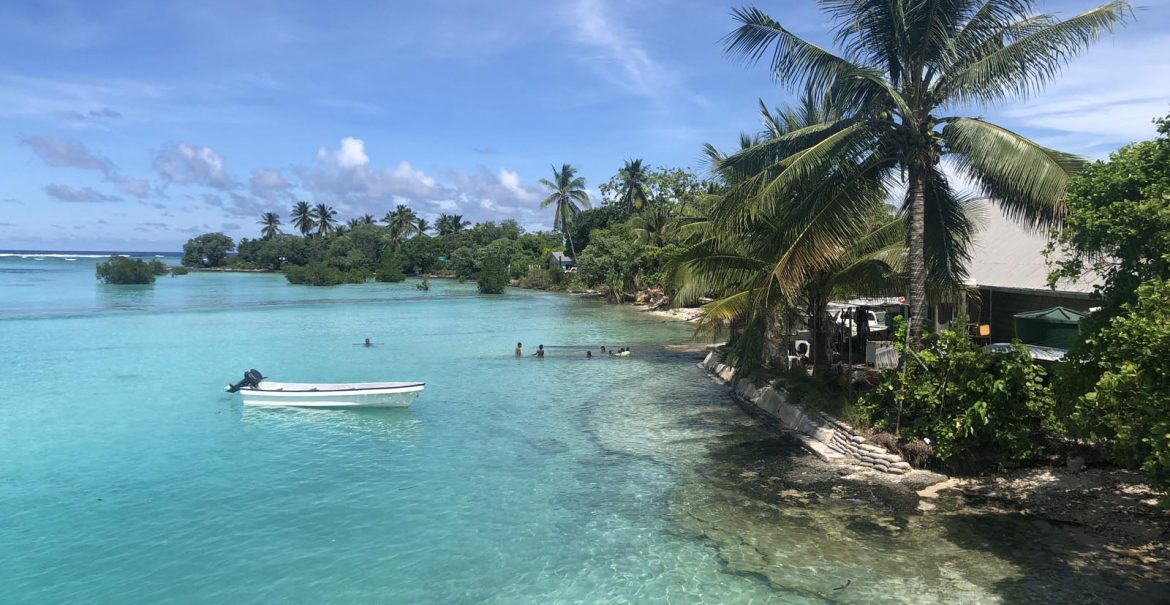

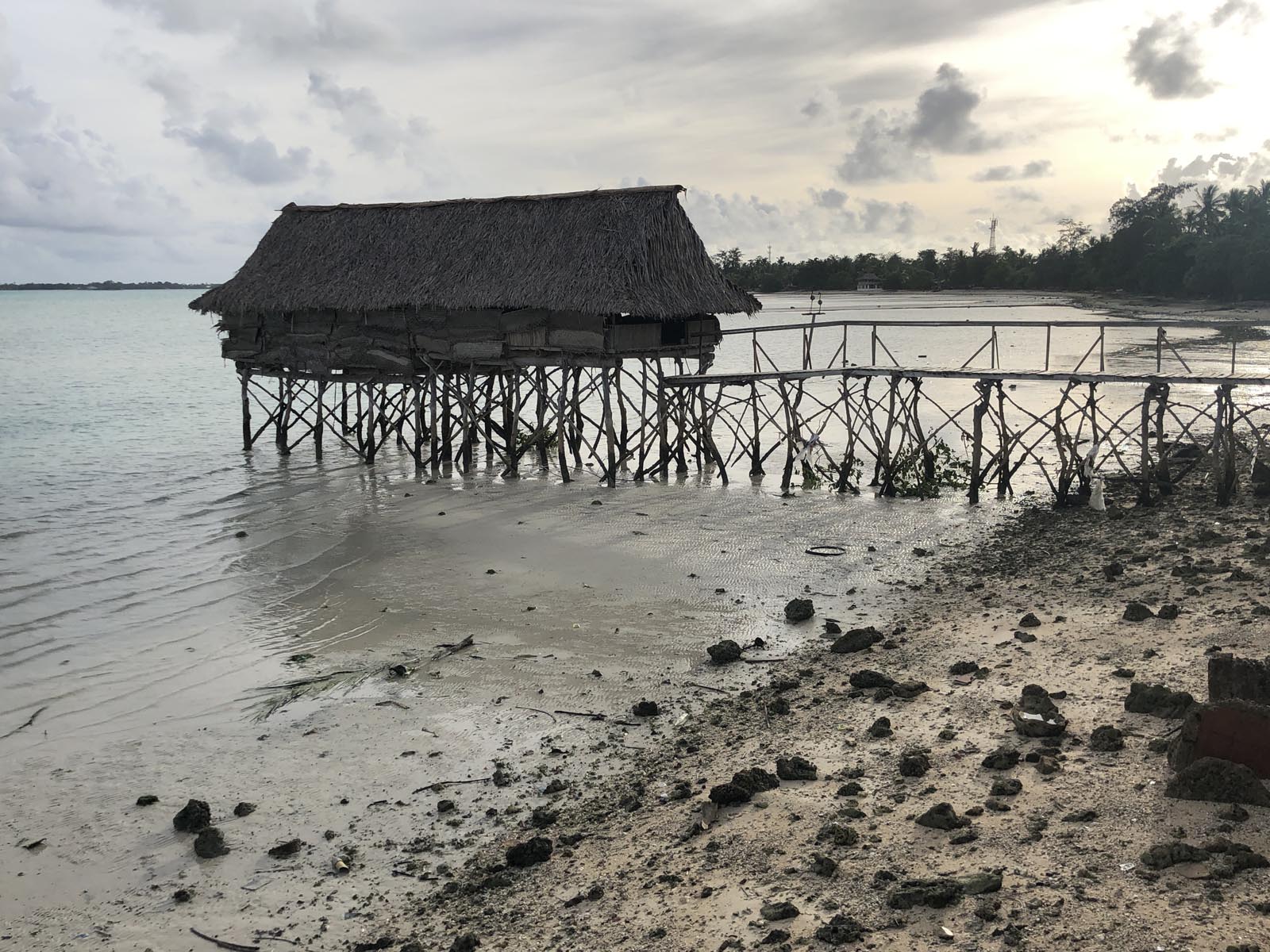
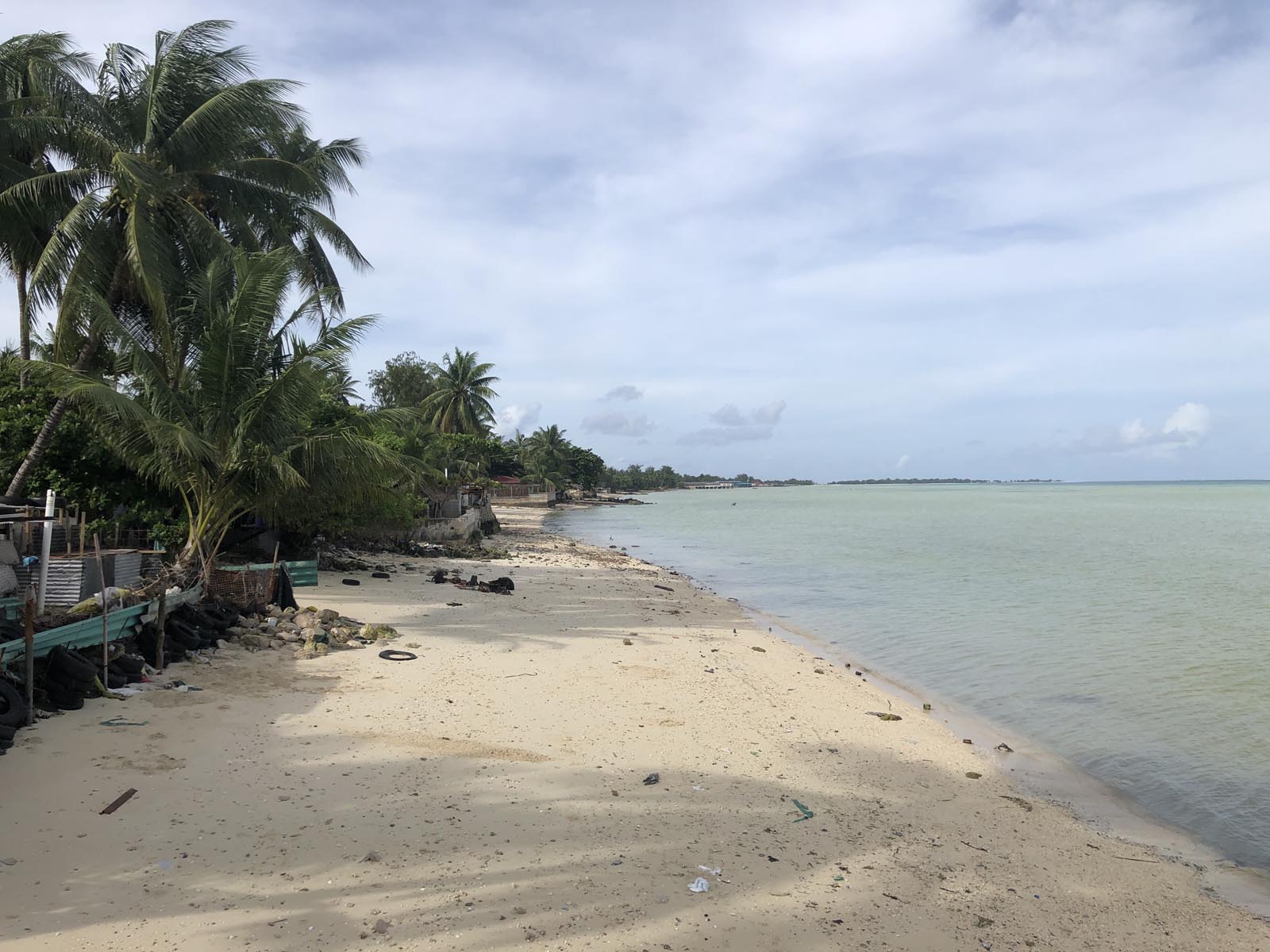
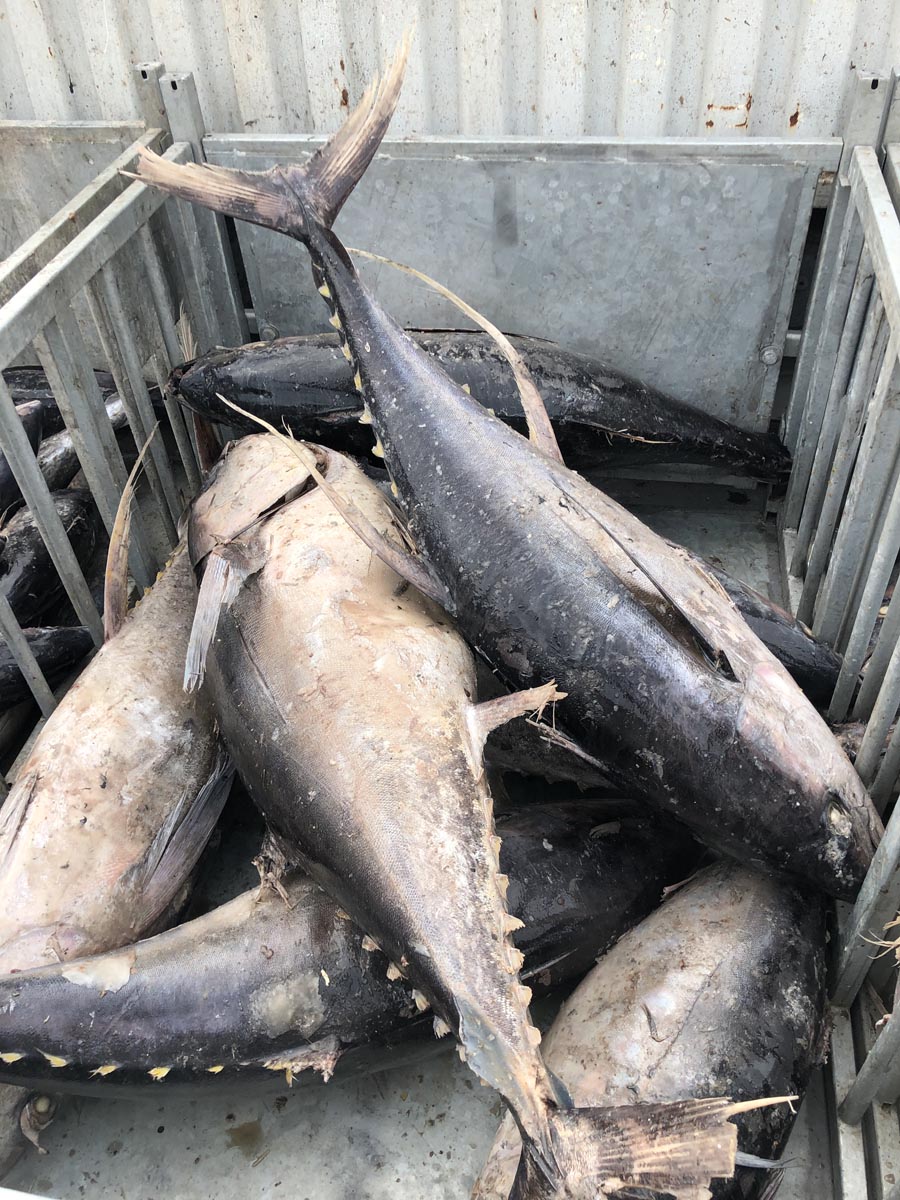
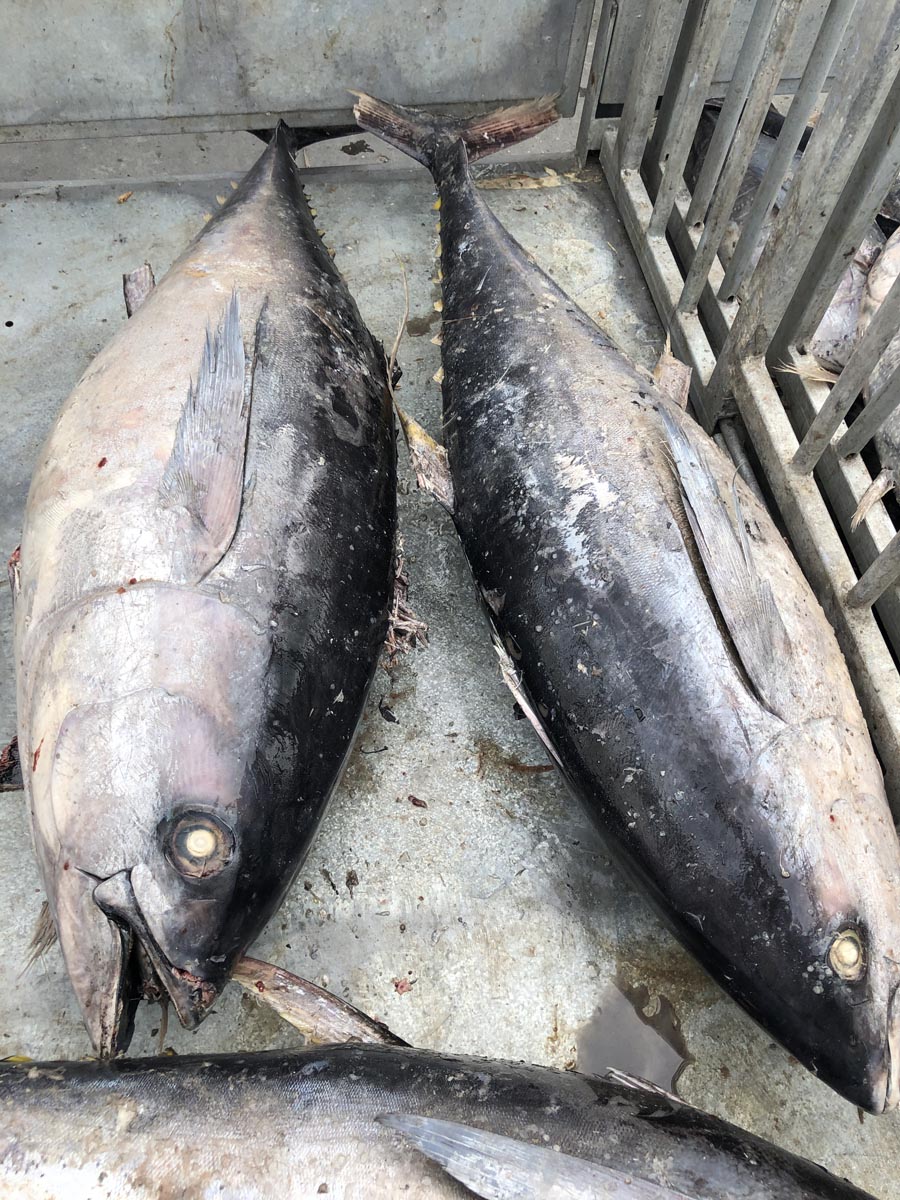
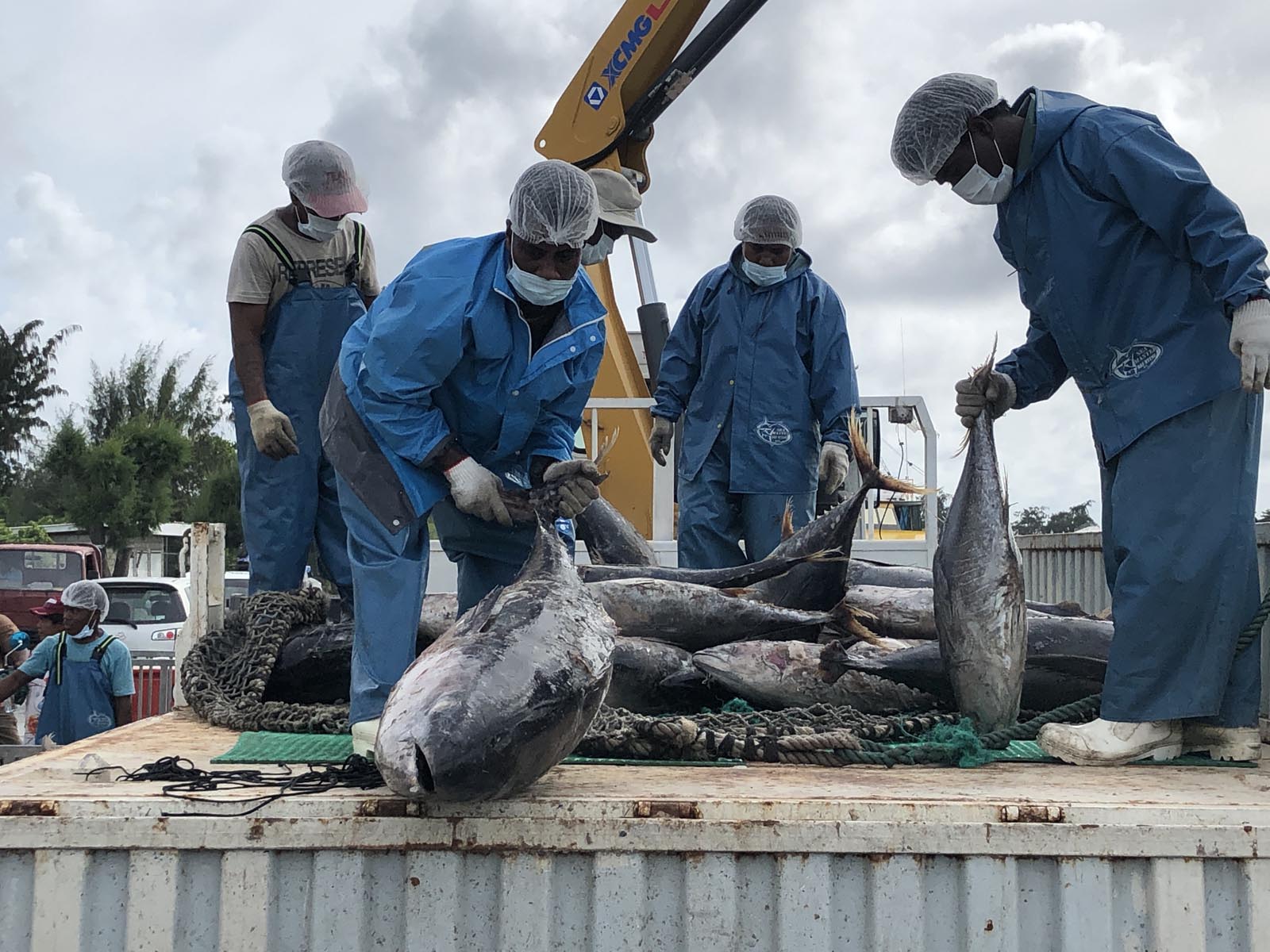
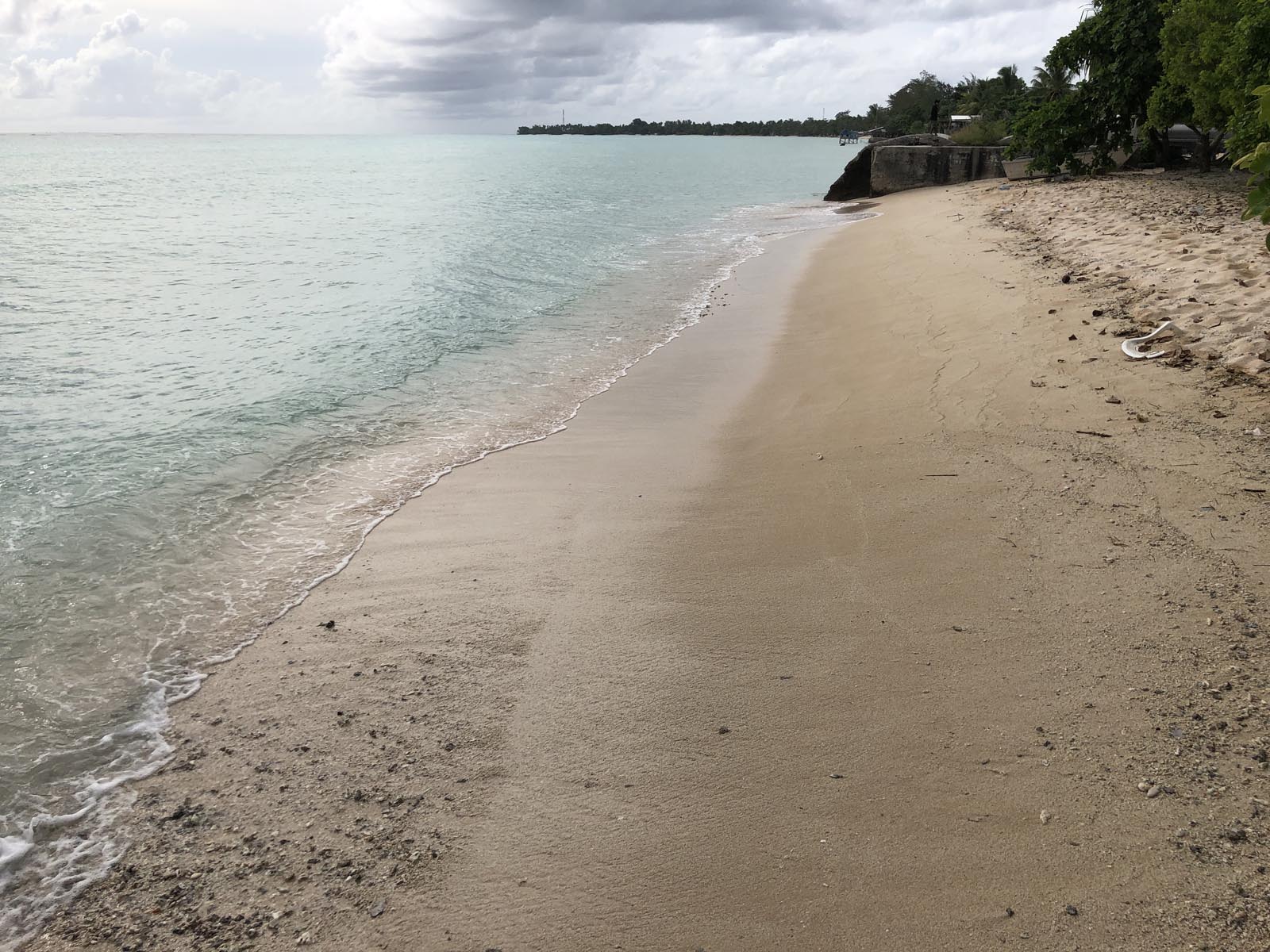


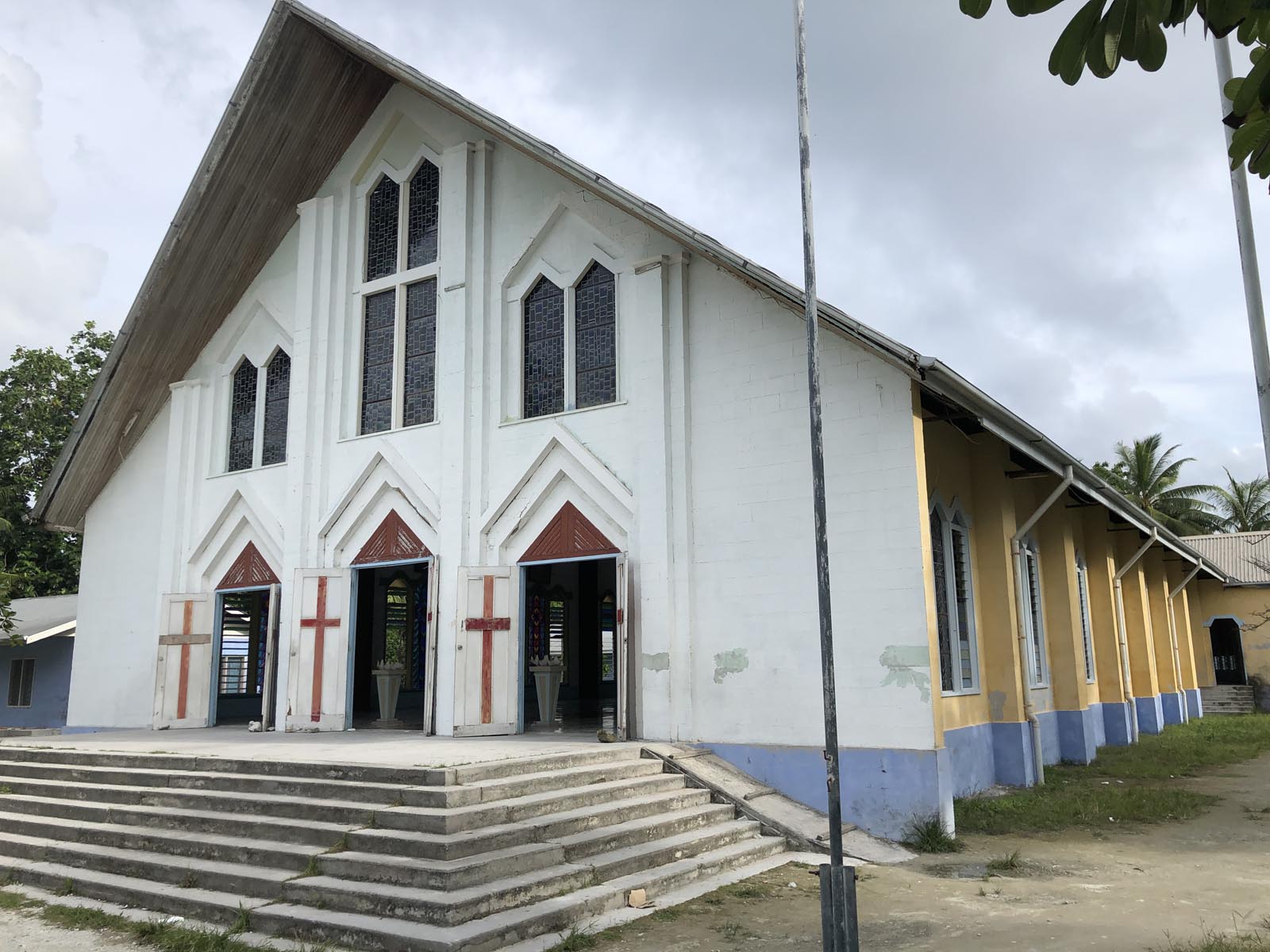
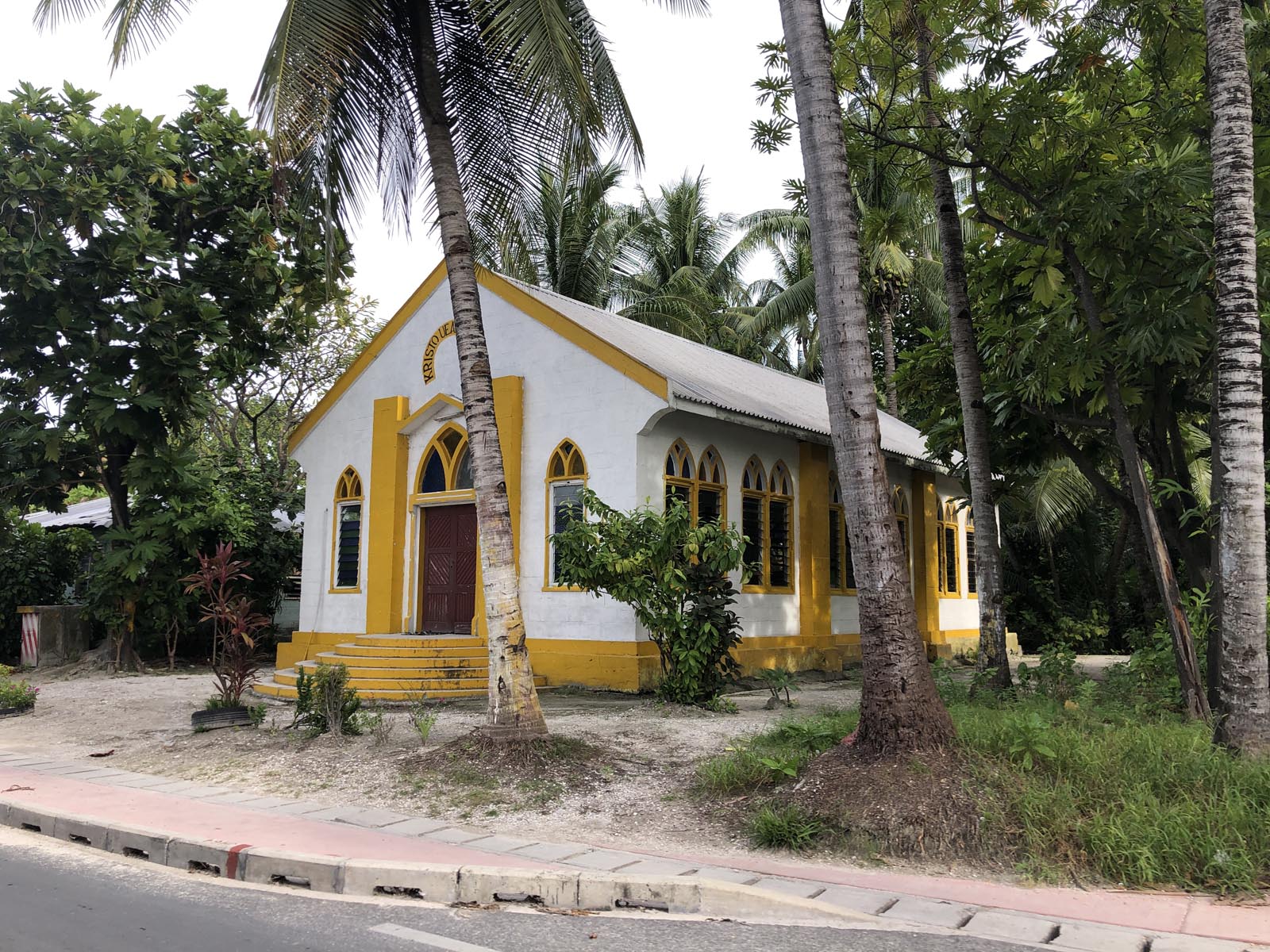
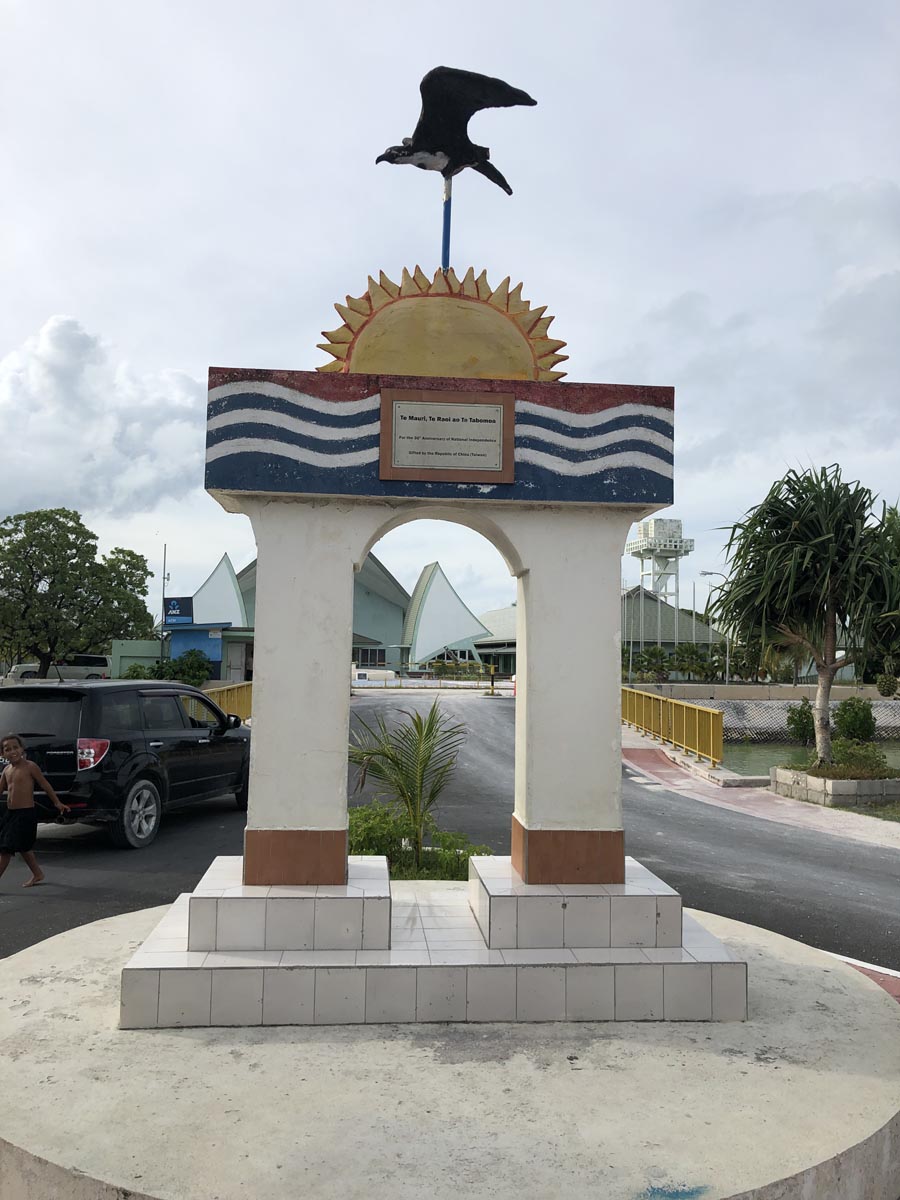
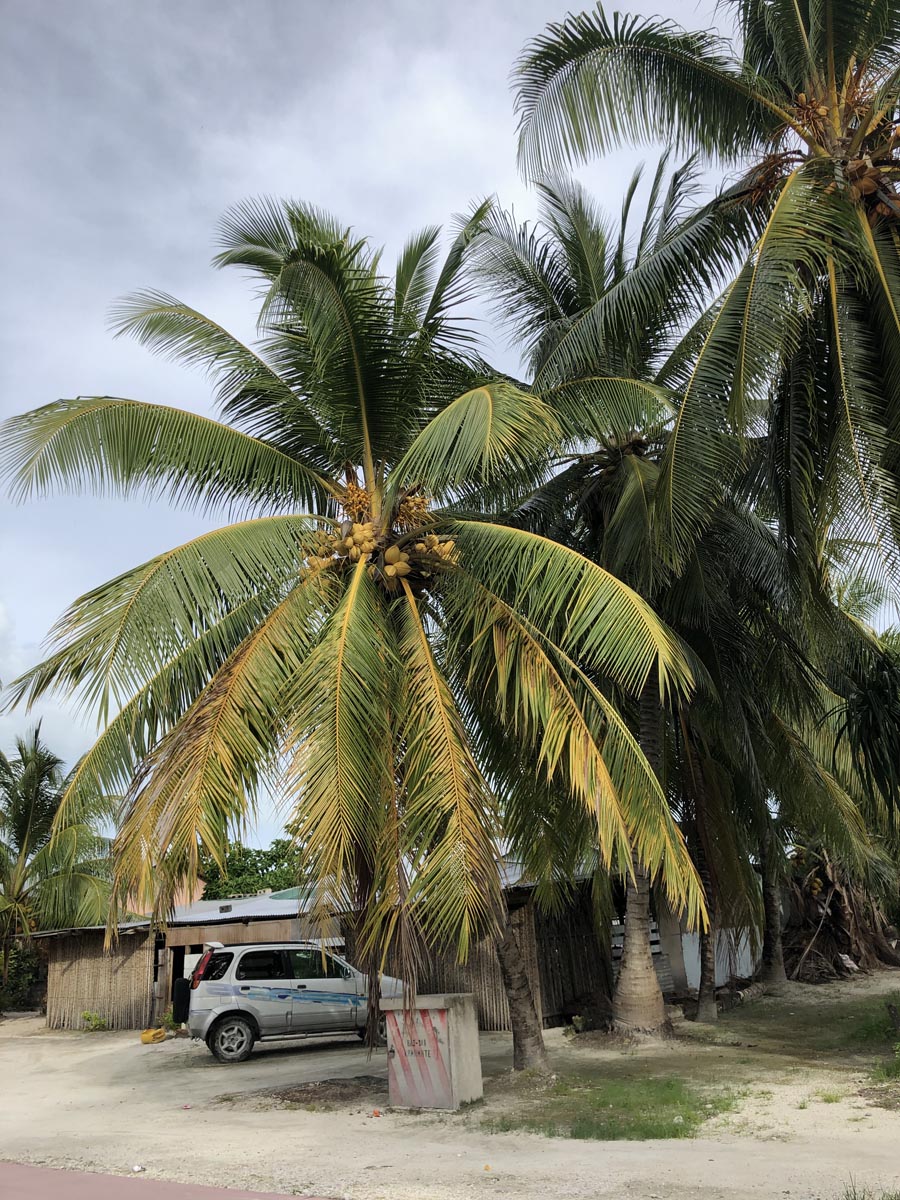

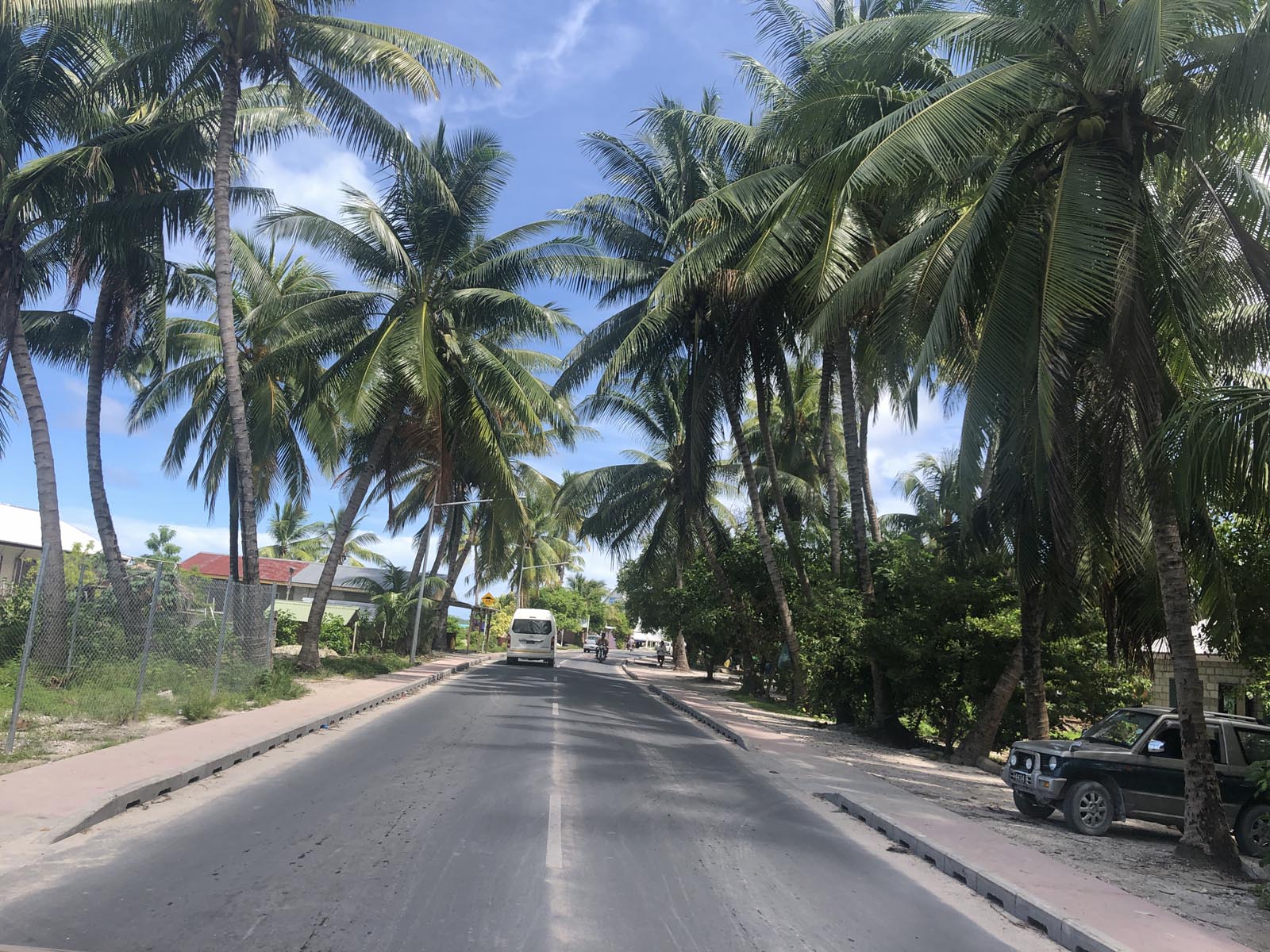
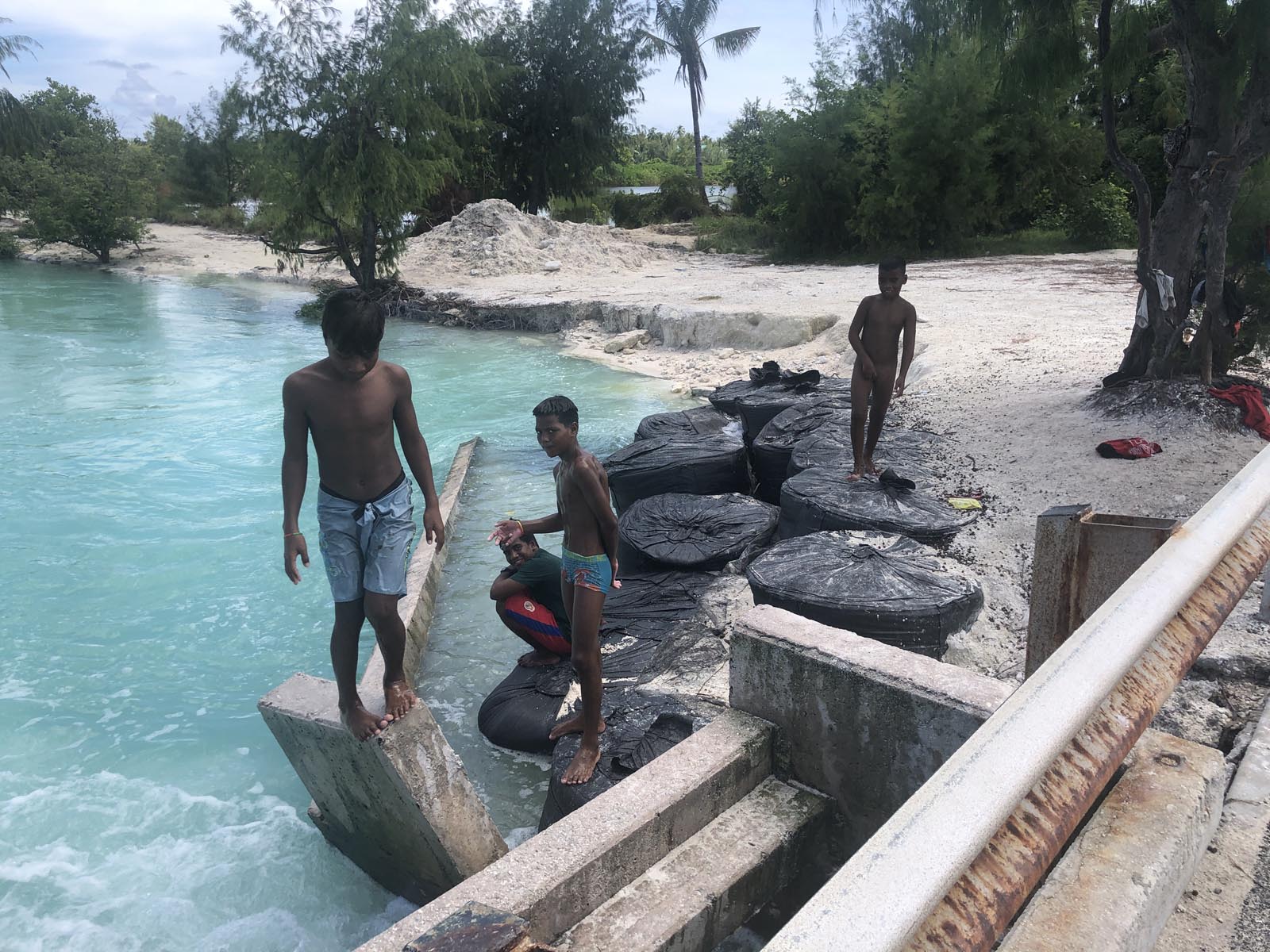
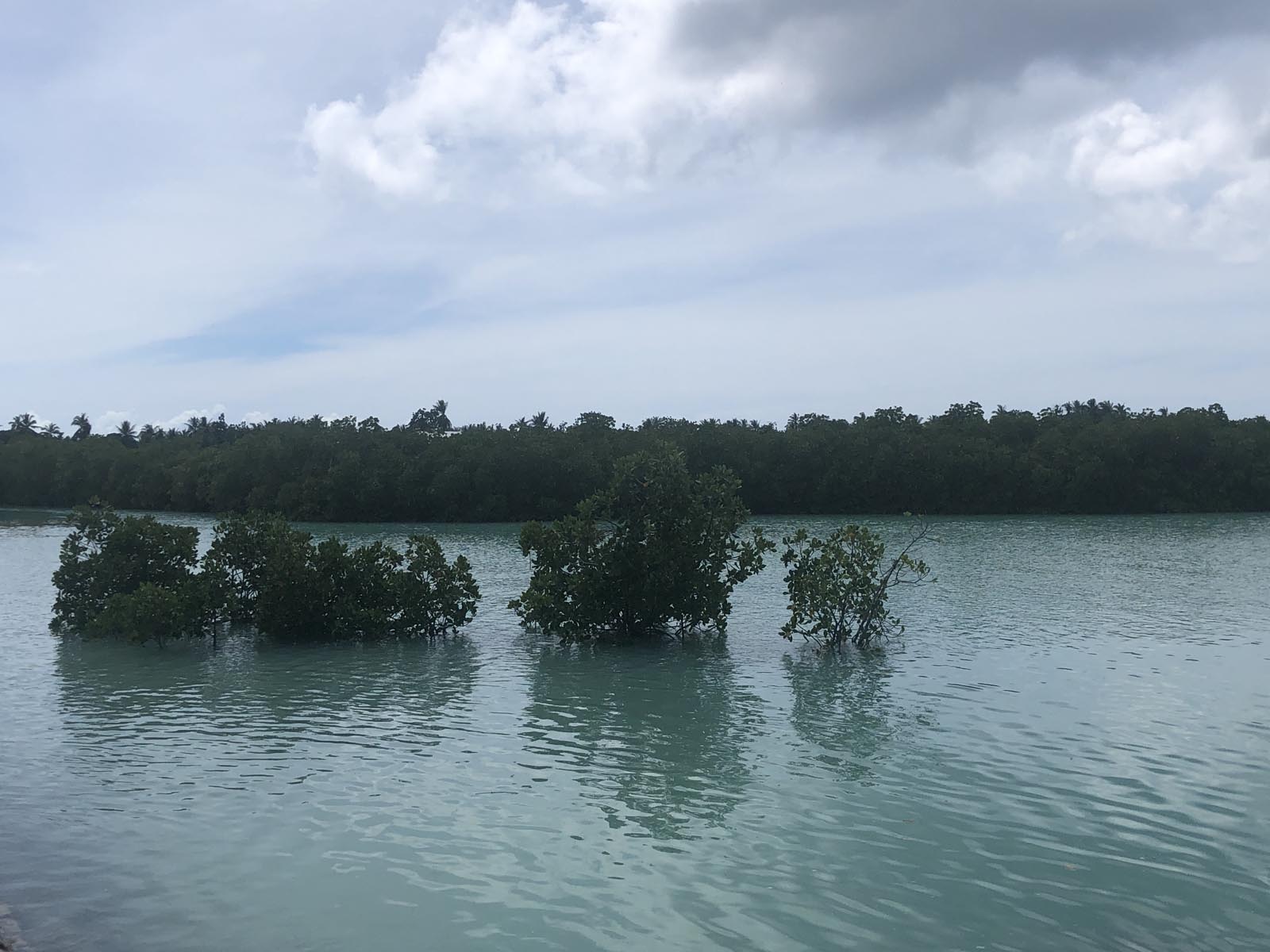
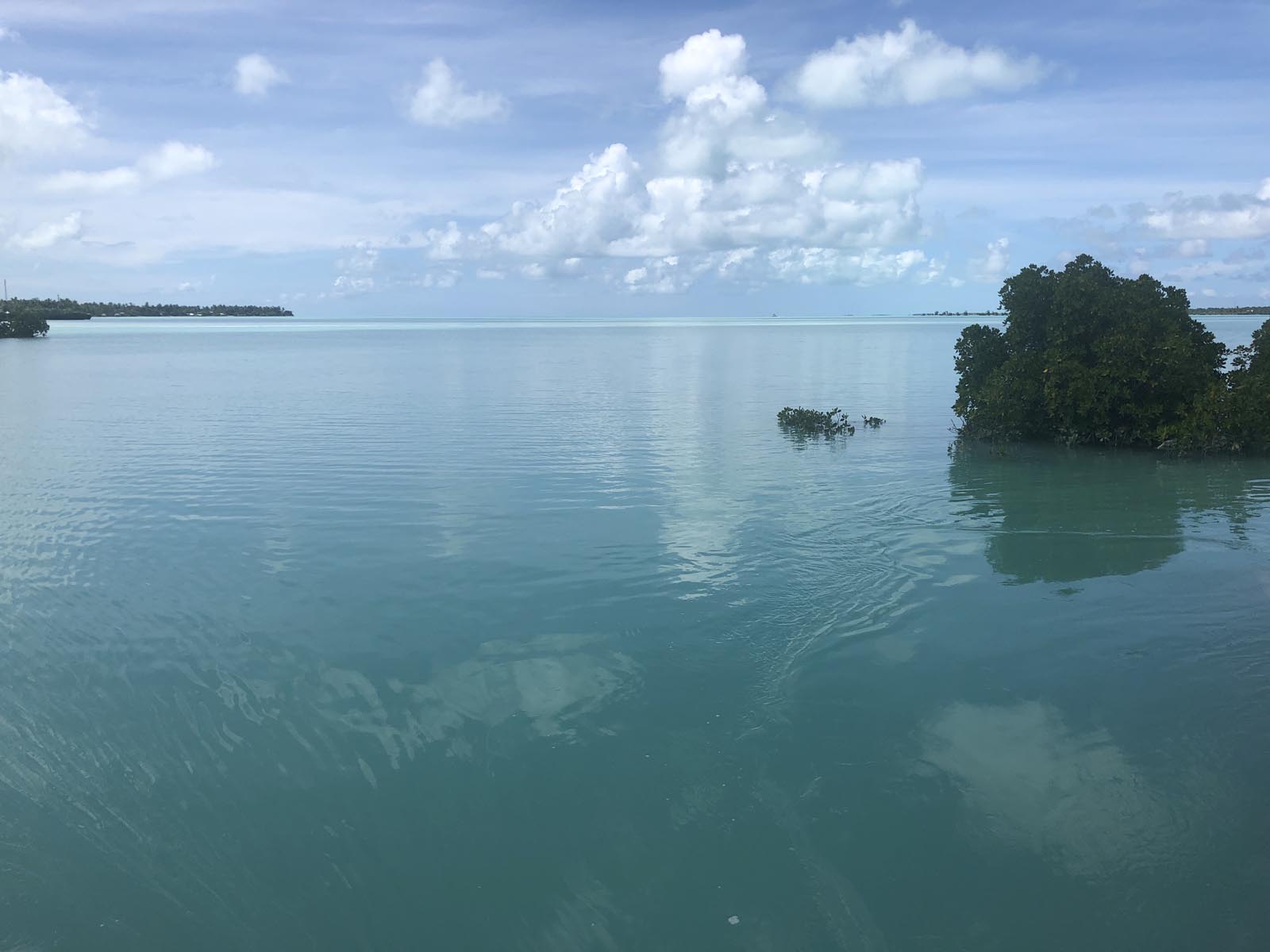
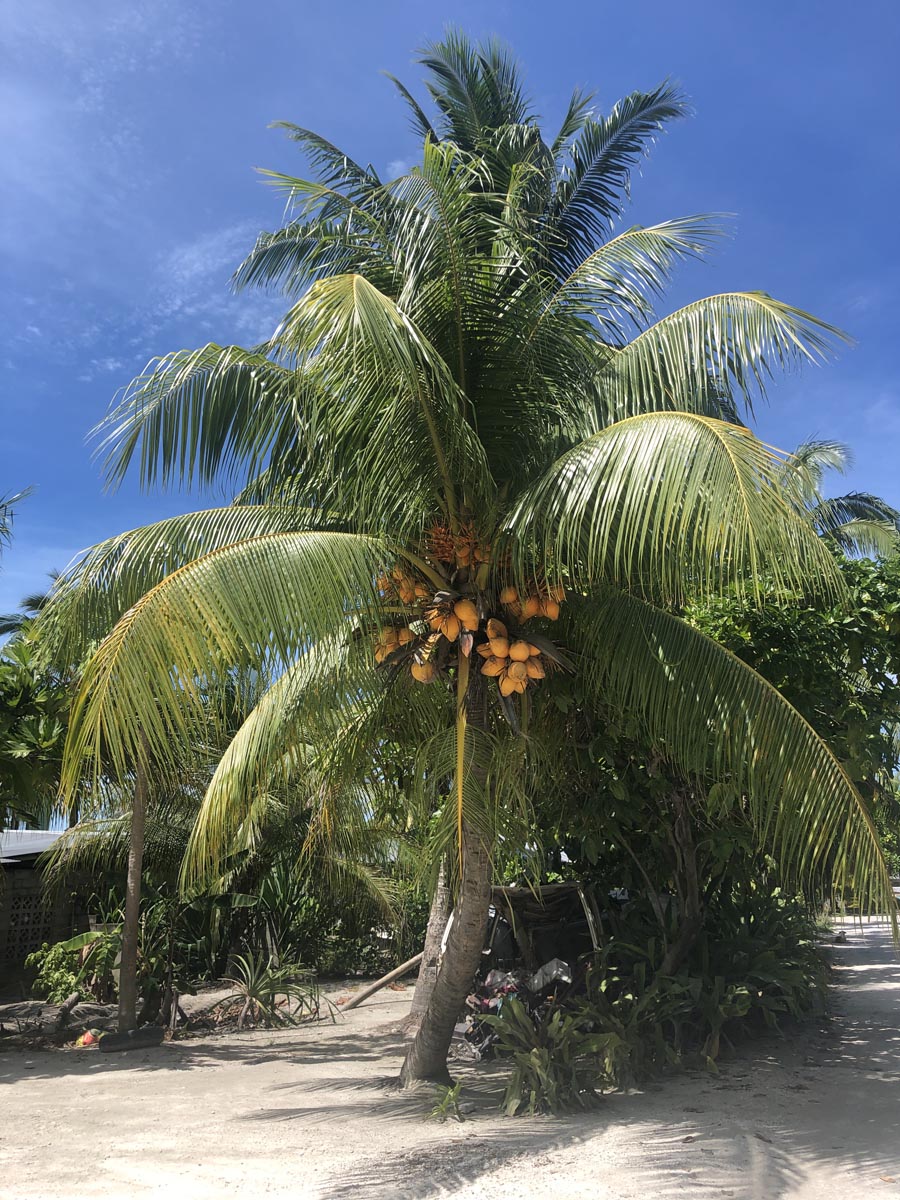
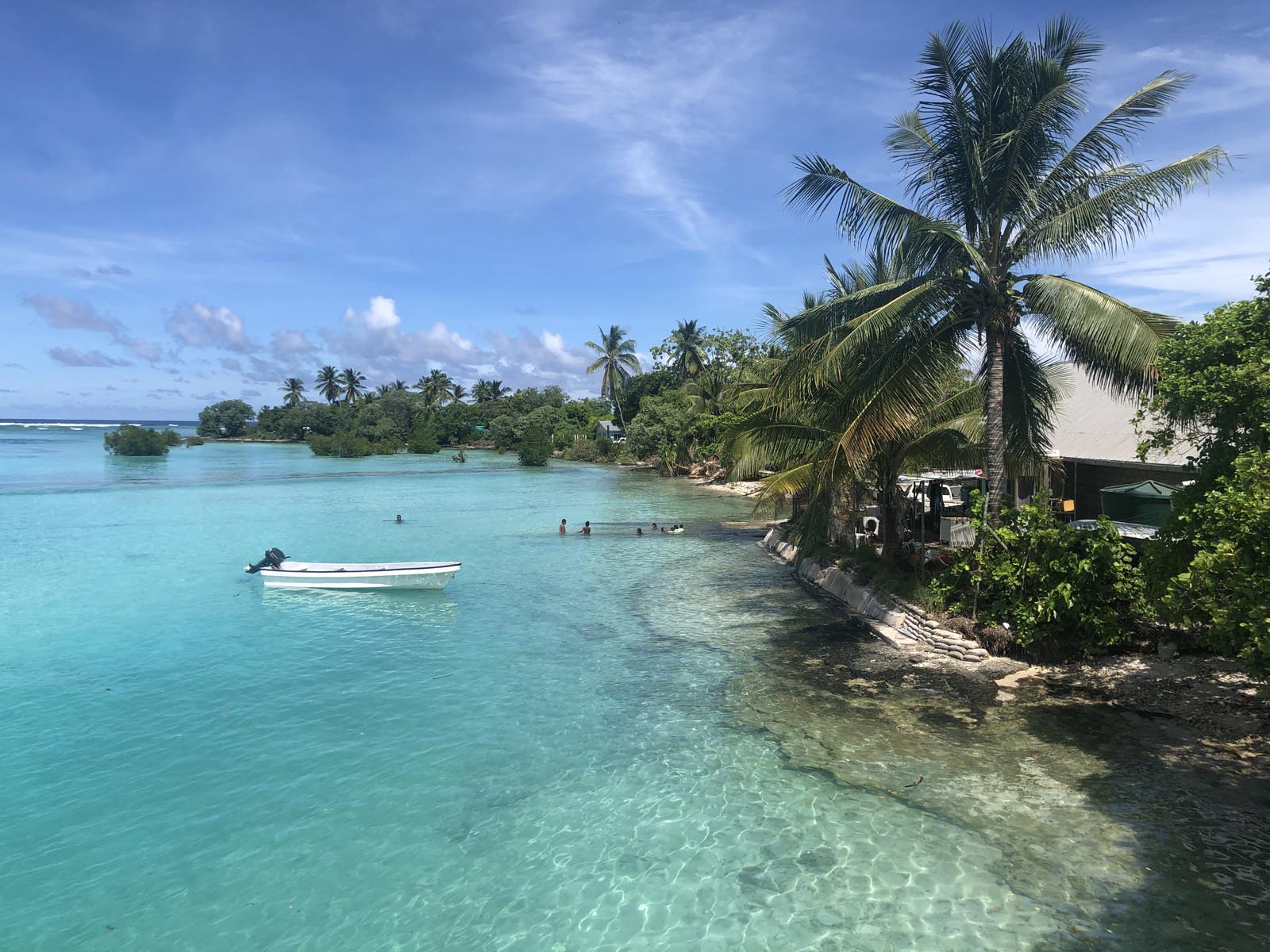
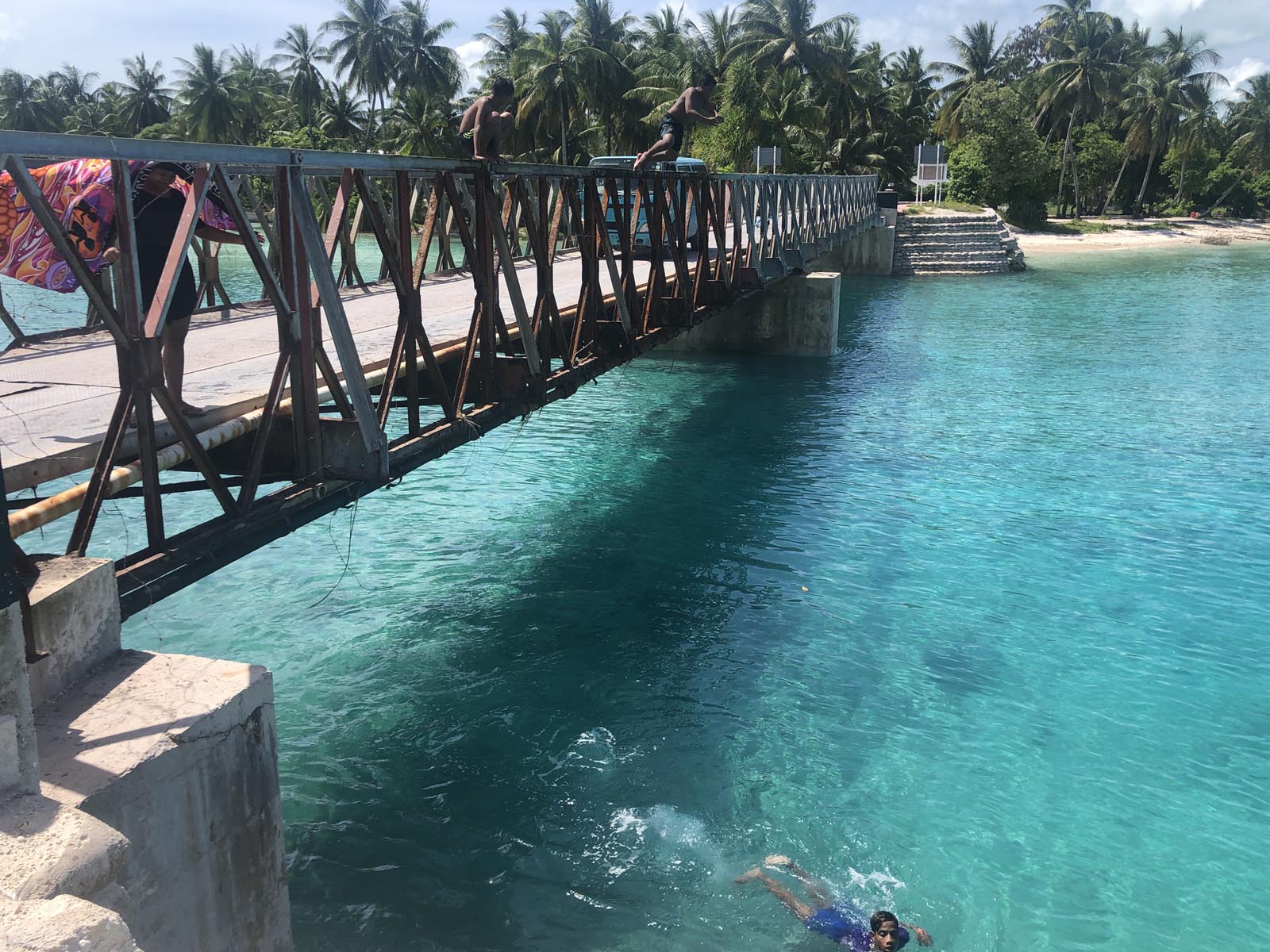

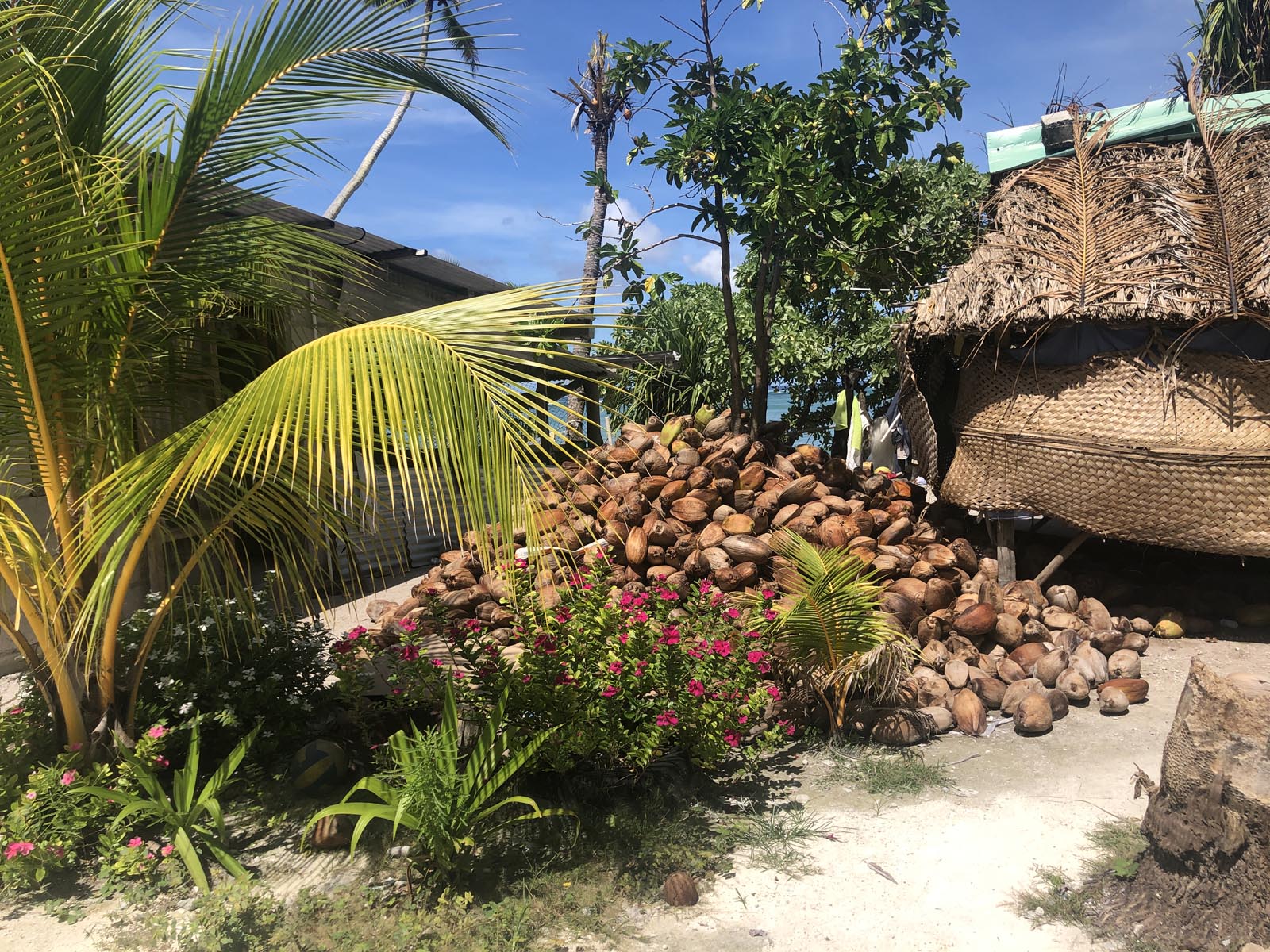
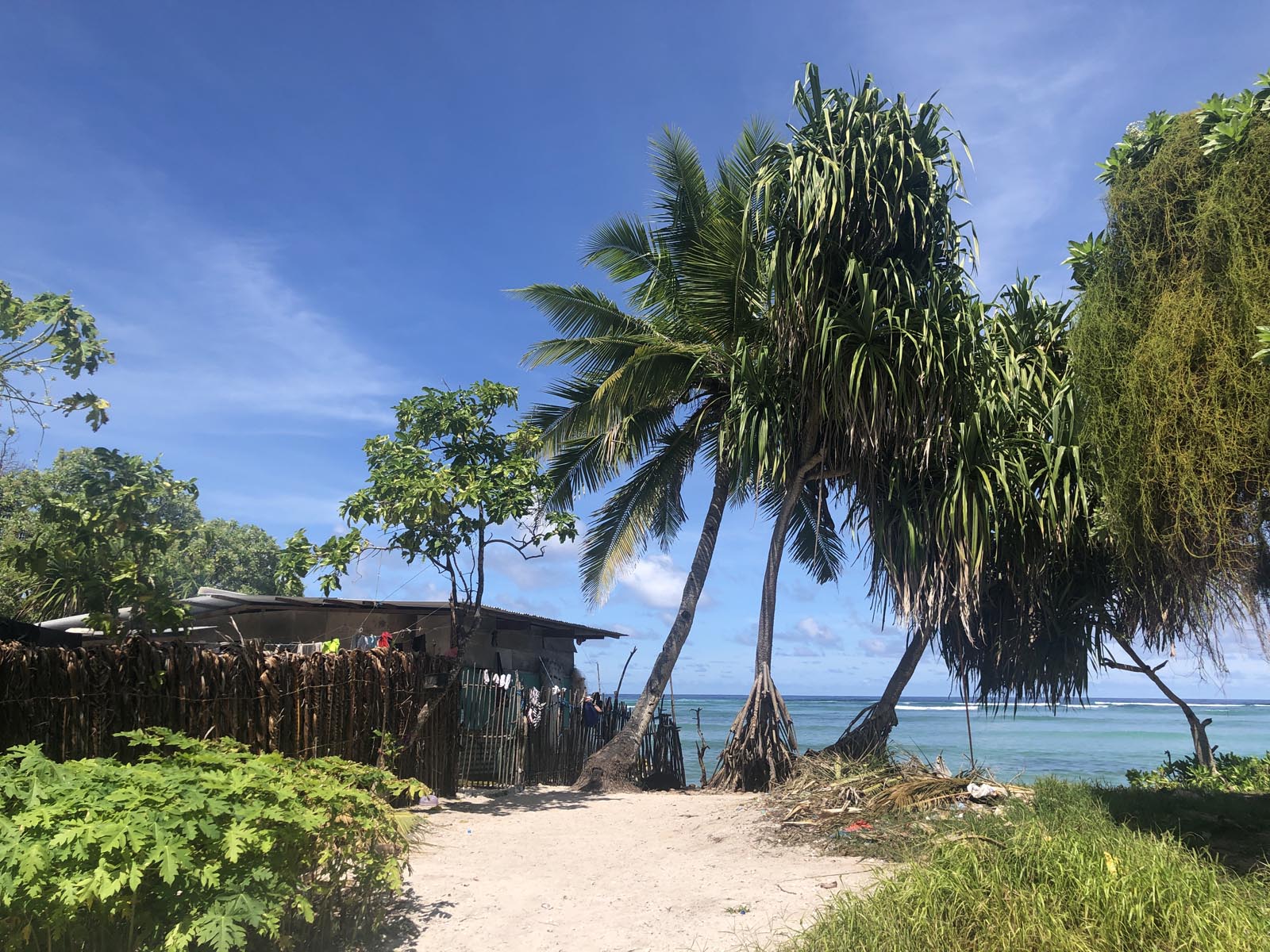
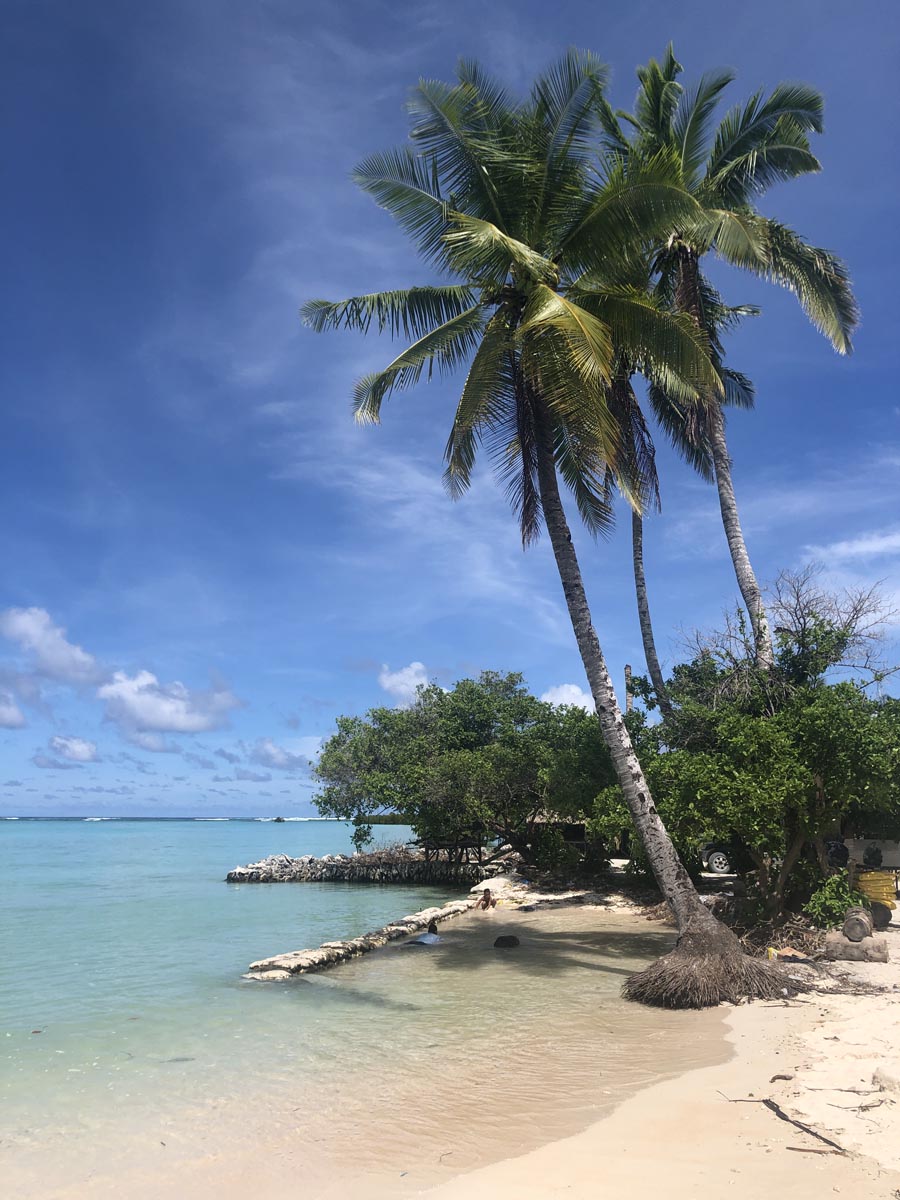
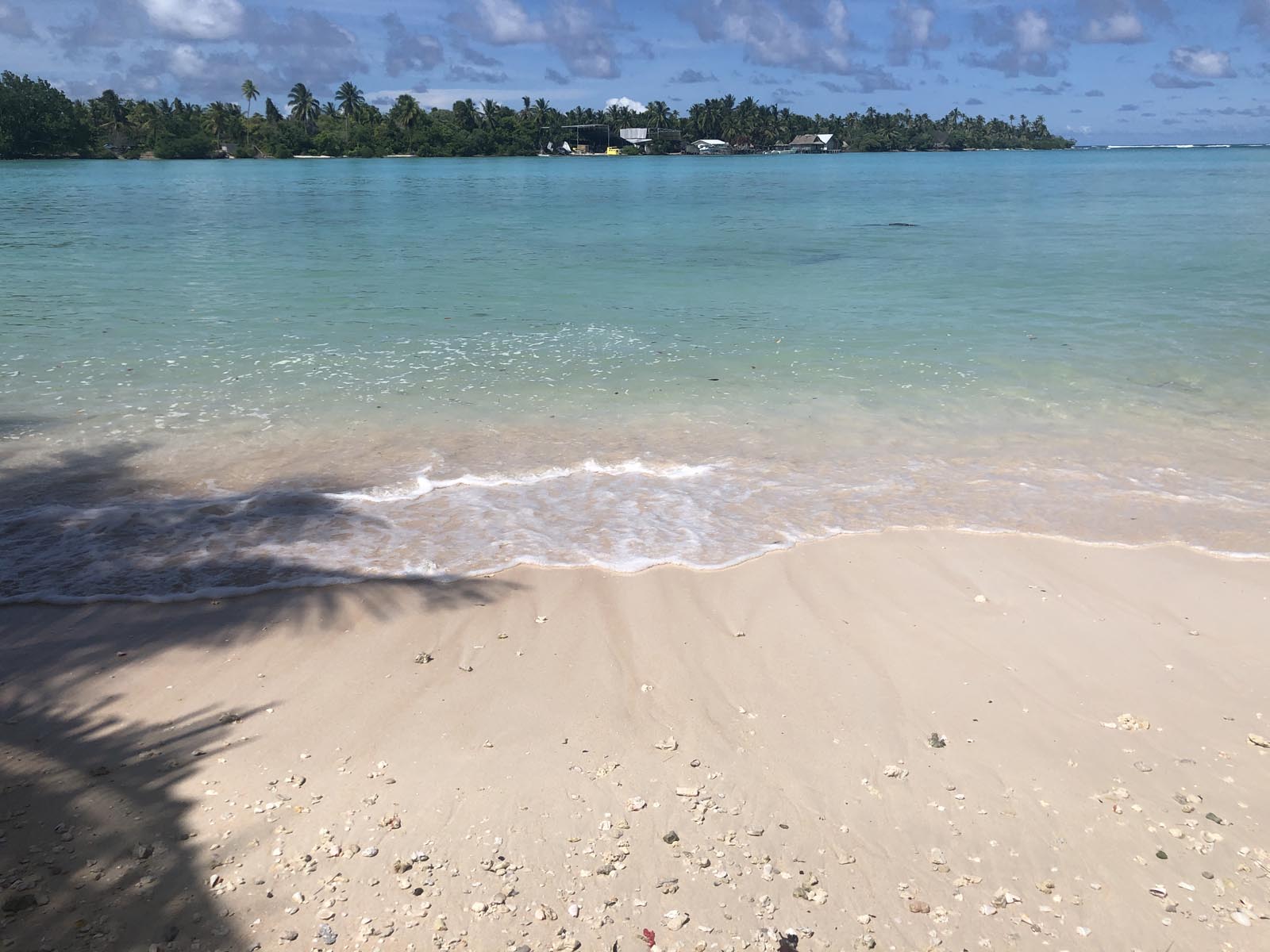

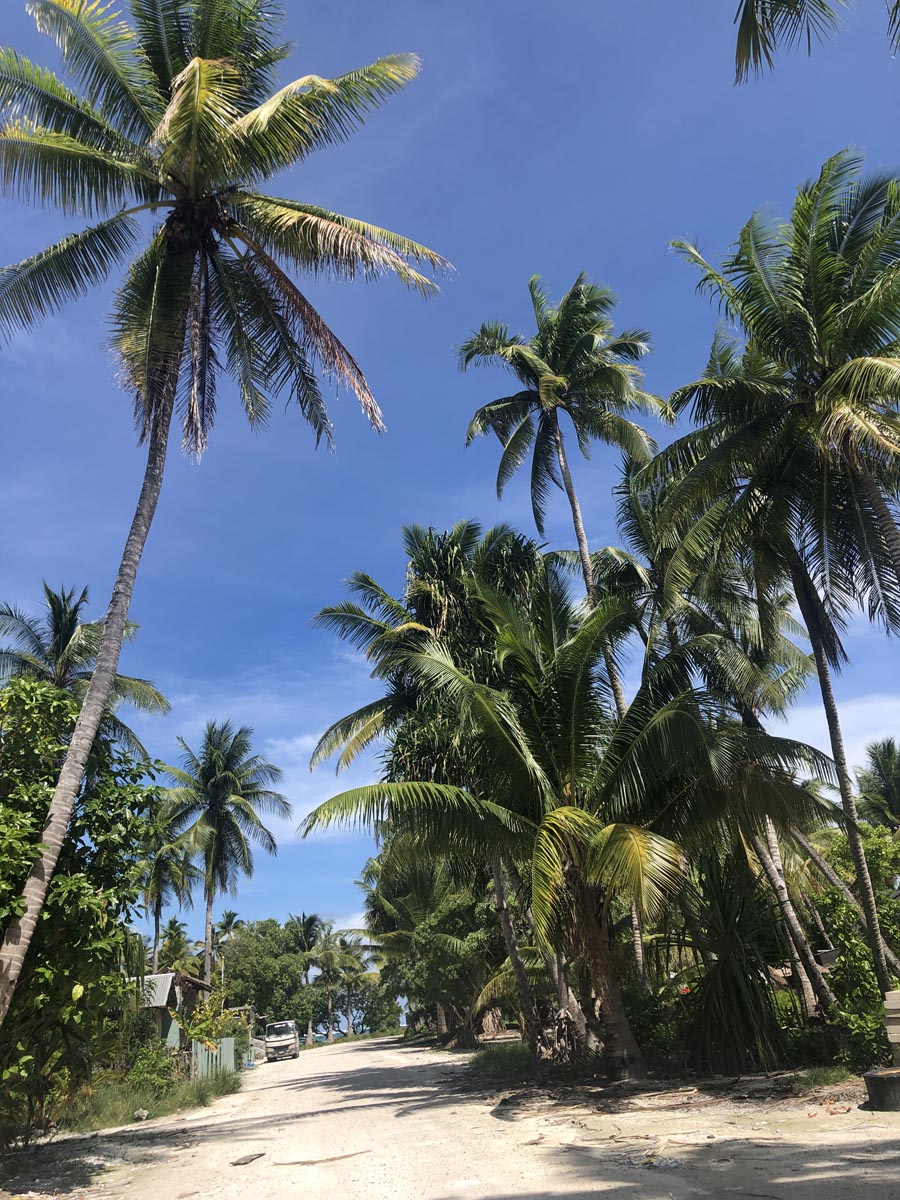
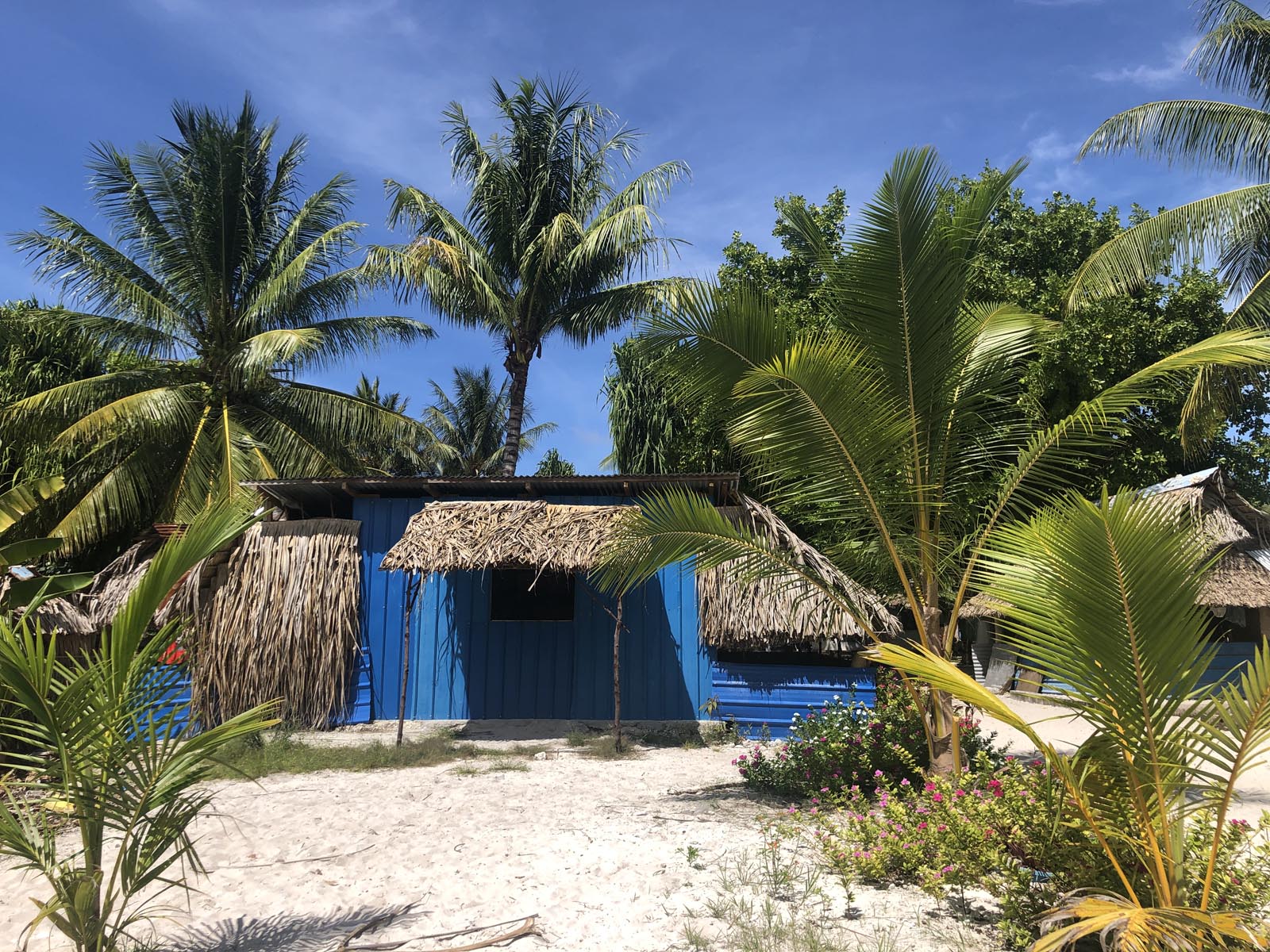

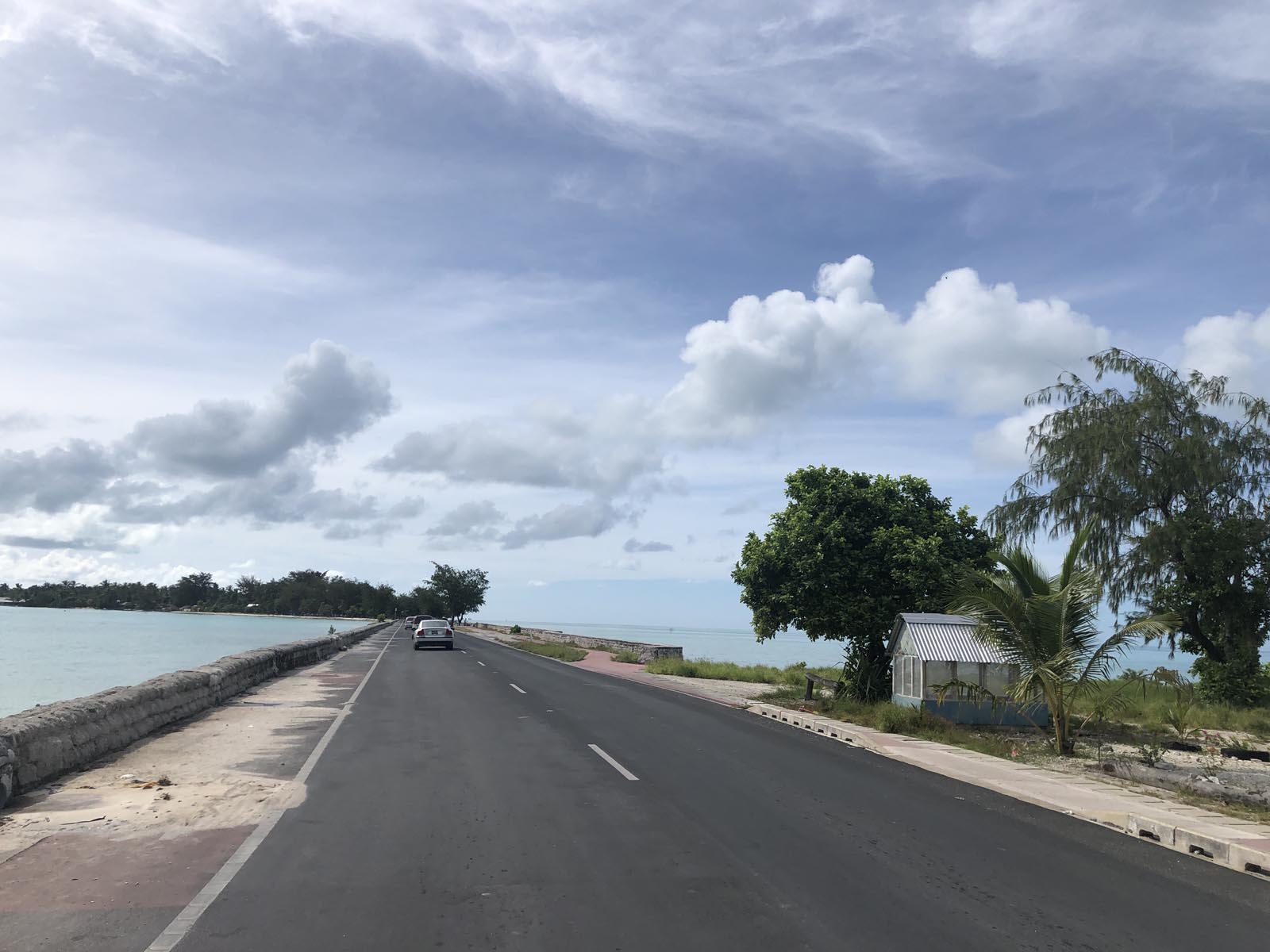
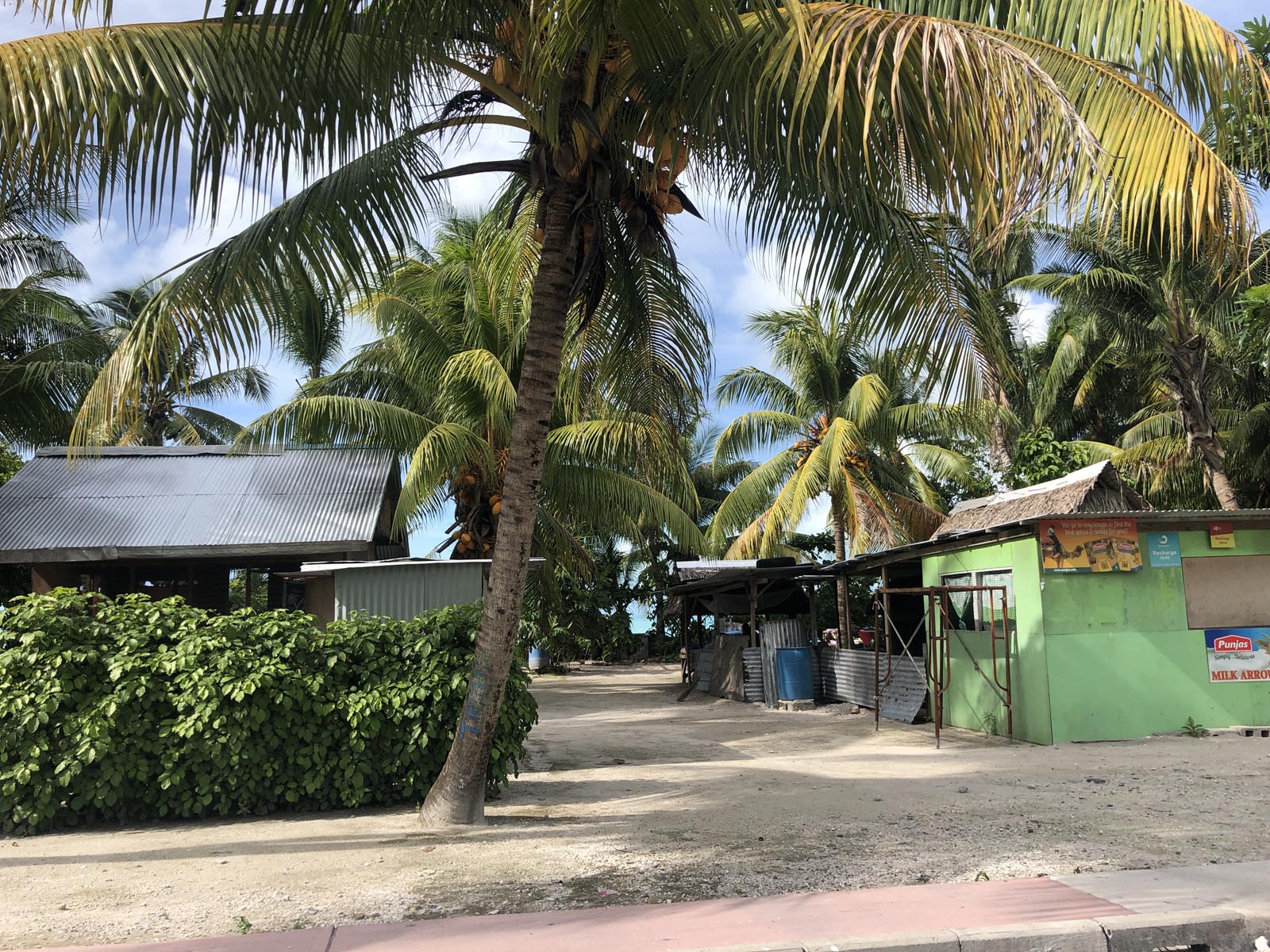

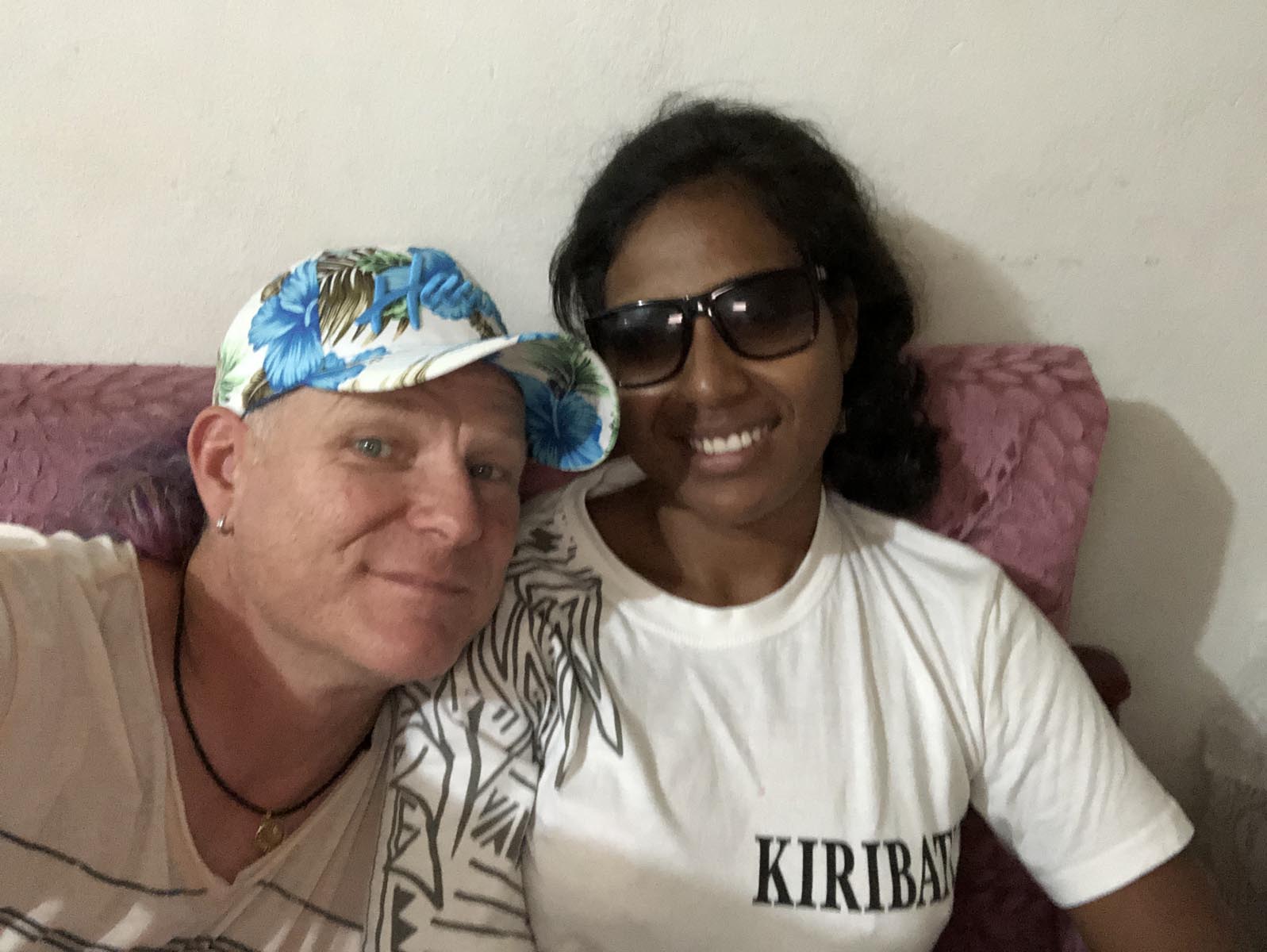

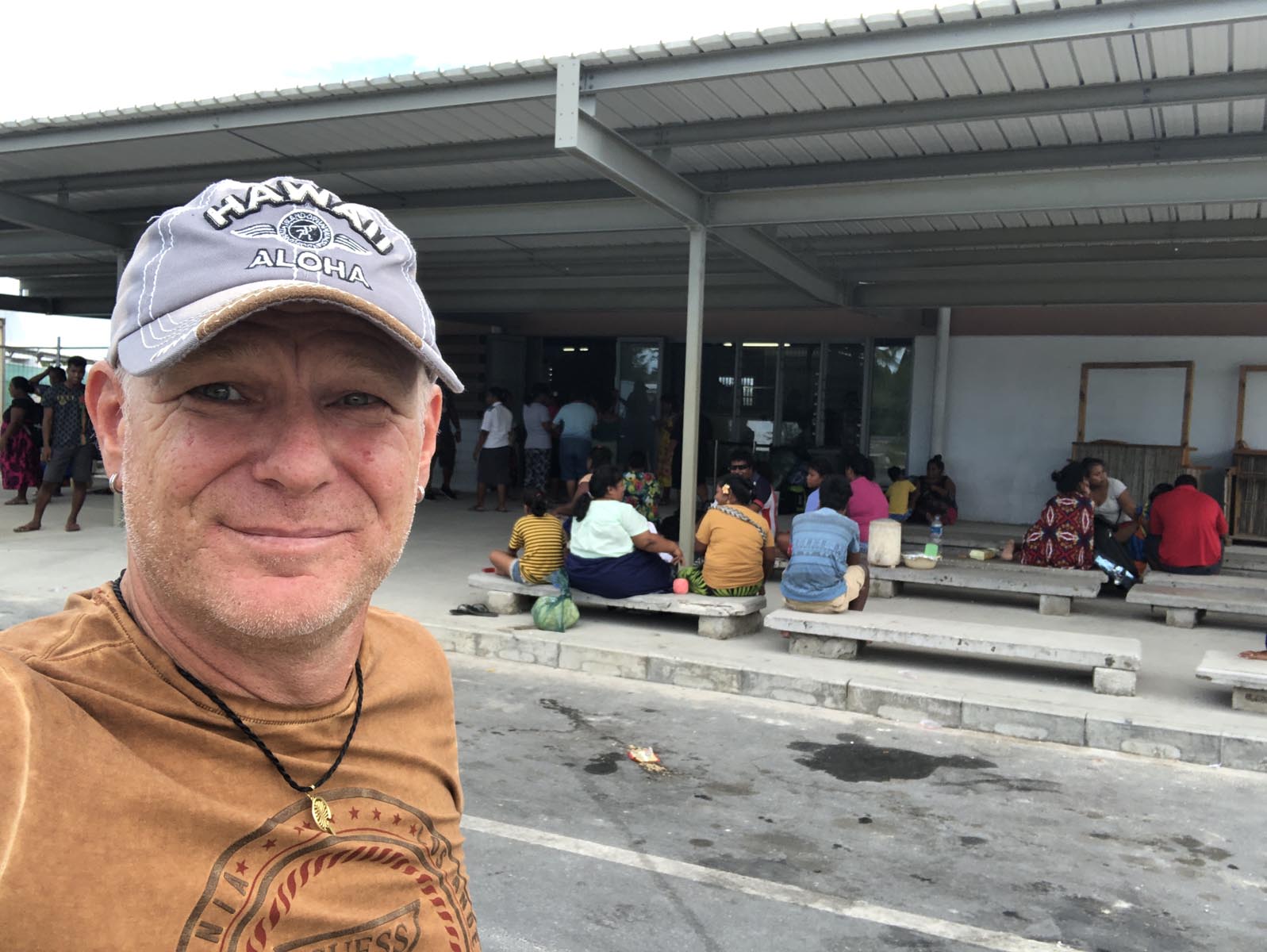
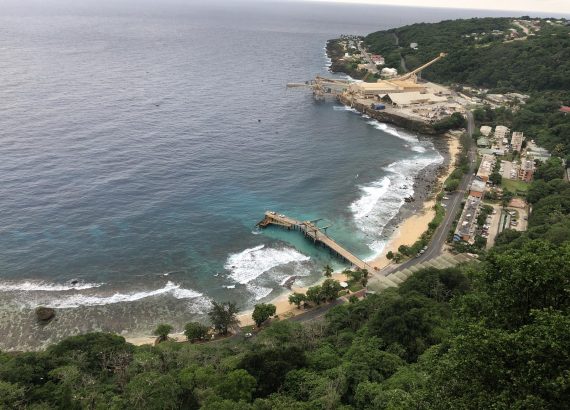
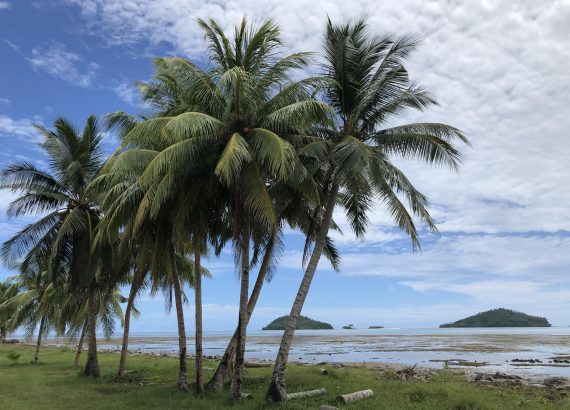
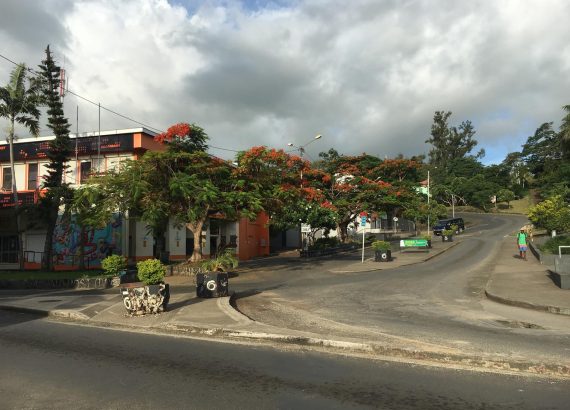
Priyankara sandagalathanna
I like country .thankyou god bless you